September 30, 2024
Raised Beds, Permaculture, Hydroponics
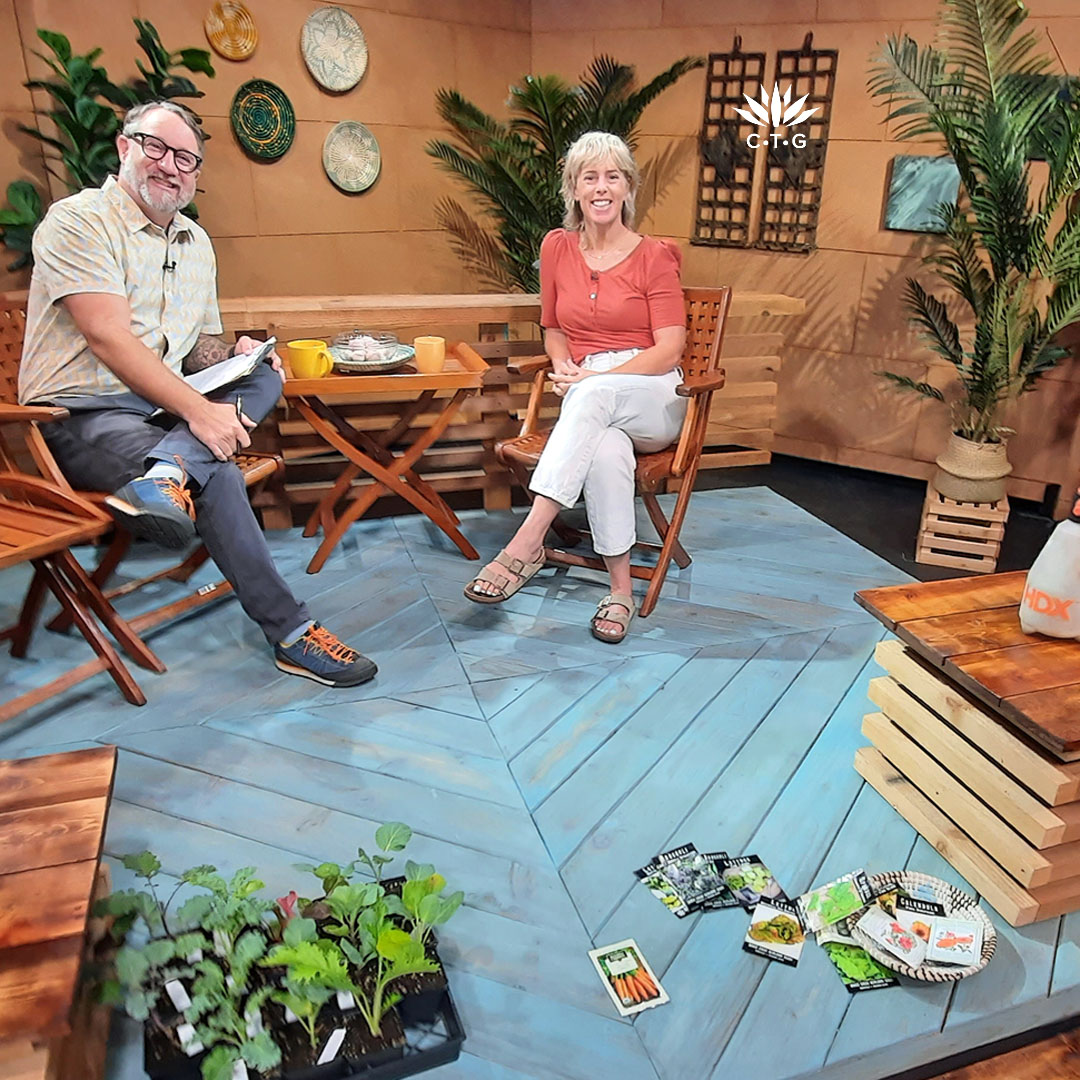
We found a most tasteful way to launch Season 29: homegrown food, even in containers! Since cool weather crops promise harvests galore, Liz Cardinal from Austin Edible Gardens joins John Hart to start us off with seeds, transplants and even garlic bulbs.
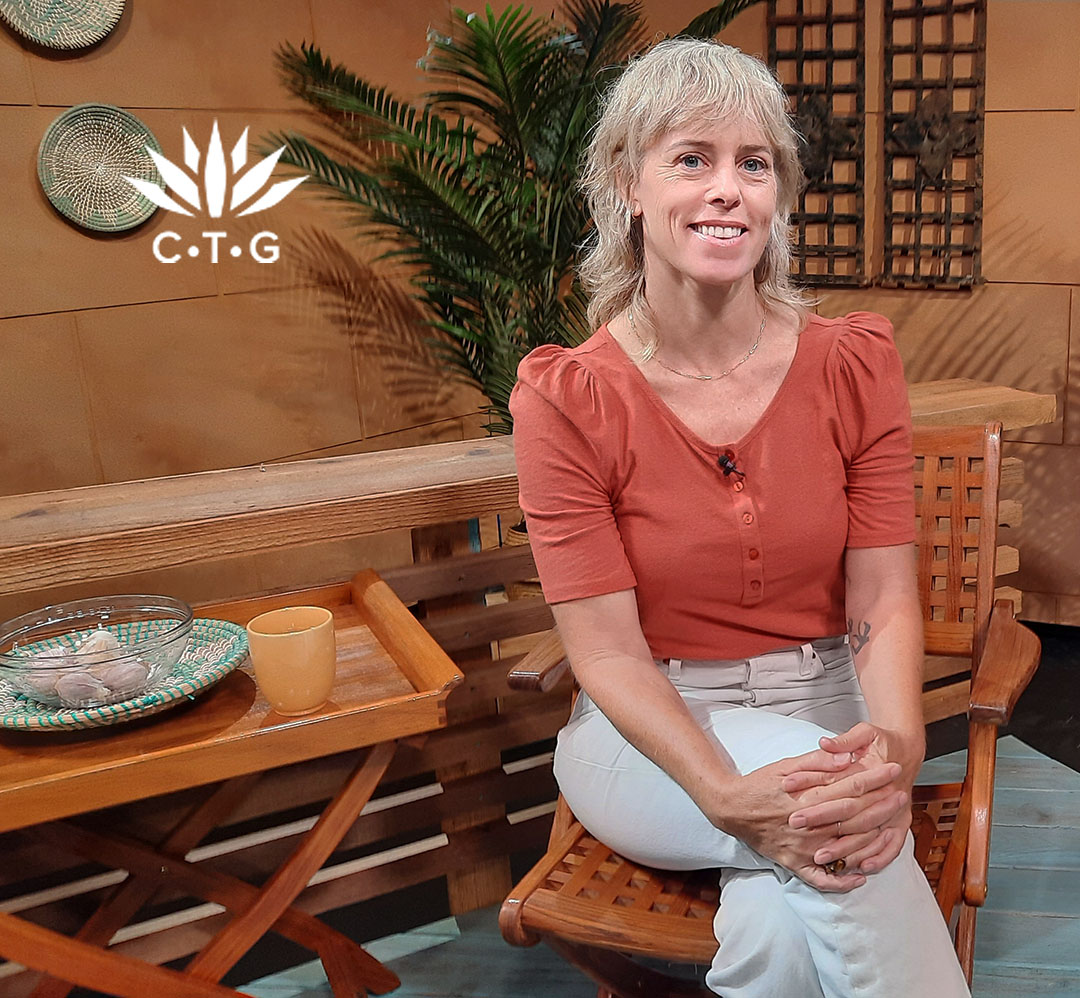
We first met Liz at the Sustainable Food Center where she taught new gardeners of all ages. Now on her own, she coaches, designs, and plants gardens for people who want to harvest their own food, even in condos or small yards.
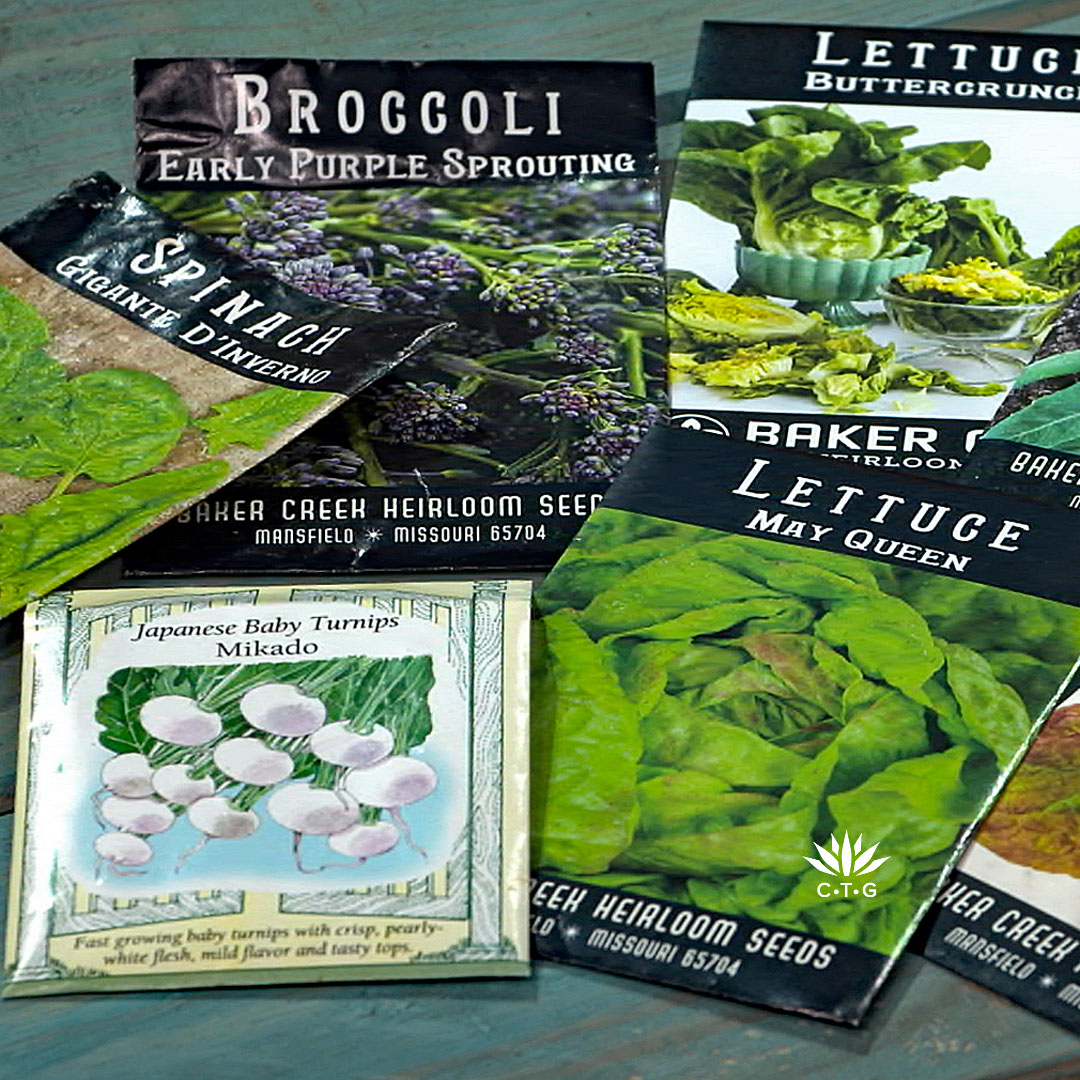
Growing from seed gives us more options, and is certainly cost-saving, but transplants are the way to go if we get a late start or don’t have time to nurture seedlings. From seed or transplant, we can grow all the cole crops like broccoli, and all the greens, including collards, kale, spinach, lettuce, mizuna, and Swiss chard.
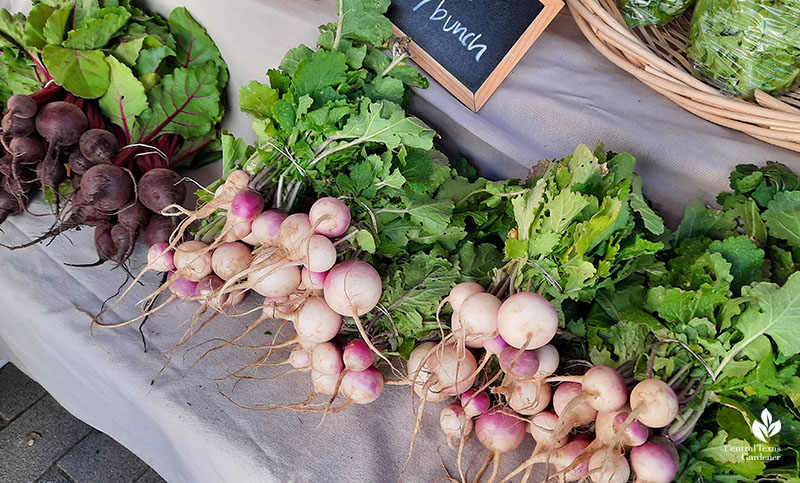
To start from seed only: carrots, radishes, beets, turnips, snow and snap peas.
Like a lot of people, I started gardening with herbs, since I could cluster them in a container on the front porch of a rental duplex. Cool weather’s perfect for parsley, cilantro, arugula, thyme, and chives. I still grow arugula and cilantro from seed in large containers, but I buy parsley transplants.

Many herbs and greens are cut-and-come again to extend your harvests.
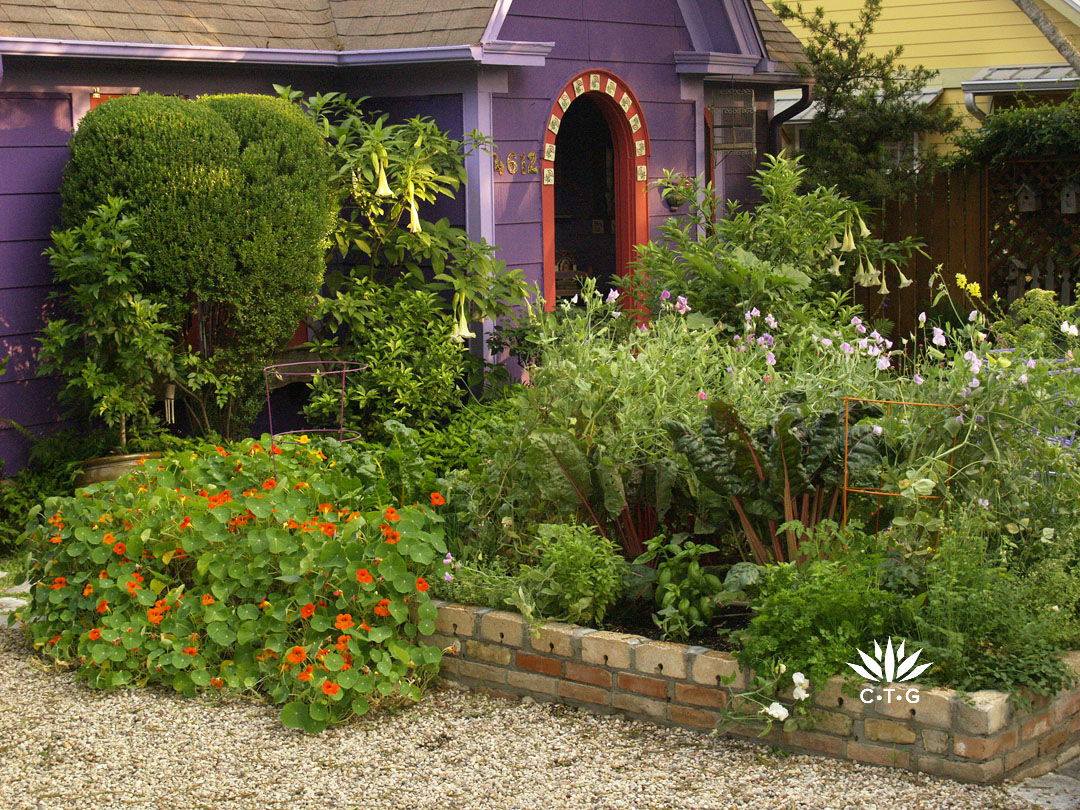
Edible flowers are fun, too, and attract pollinators on balmy winter days. Calendula’s a favorite of mine, but I’m trying nasturtiums again this year. I love Lucinda Hutson’s cottage garden where vibrant orange nasturtiums accompany bold (and huge) red-stalked Swiss chard, trailing herbs, and pastel sweet peas. This shot’s from a previous May, where Lucinda’s brugmansias were in full bloom to the left of the front door.
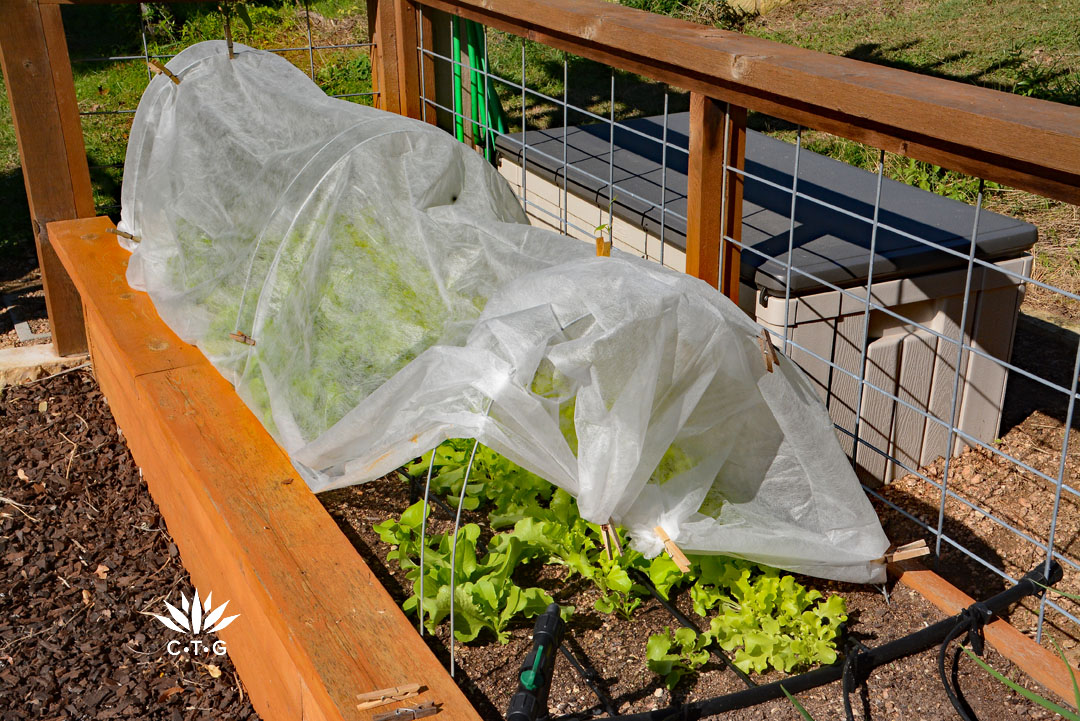
When temps dip to freezing, frost cloth (row cover) can protect in-ground crops or raised beds. I move large containers up close to the house and cover. In extended hard freezes, we need to add extra layers from whatever we’ve got on hand. In hard freezes, it’s safer to bring small containers inside.
Check your local Extension office for planting dates by crop: here’s Travis County Extension’s list.
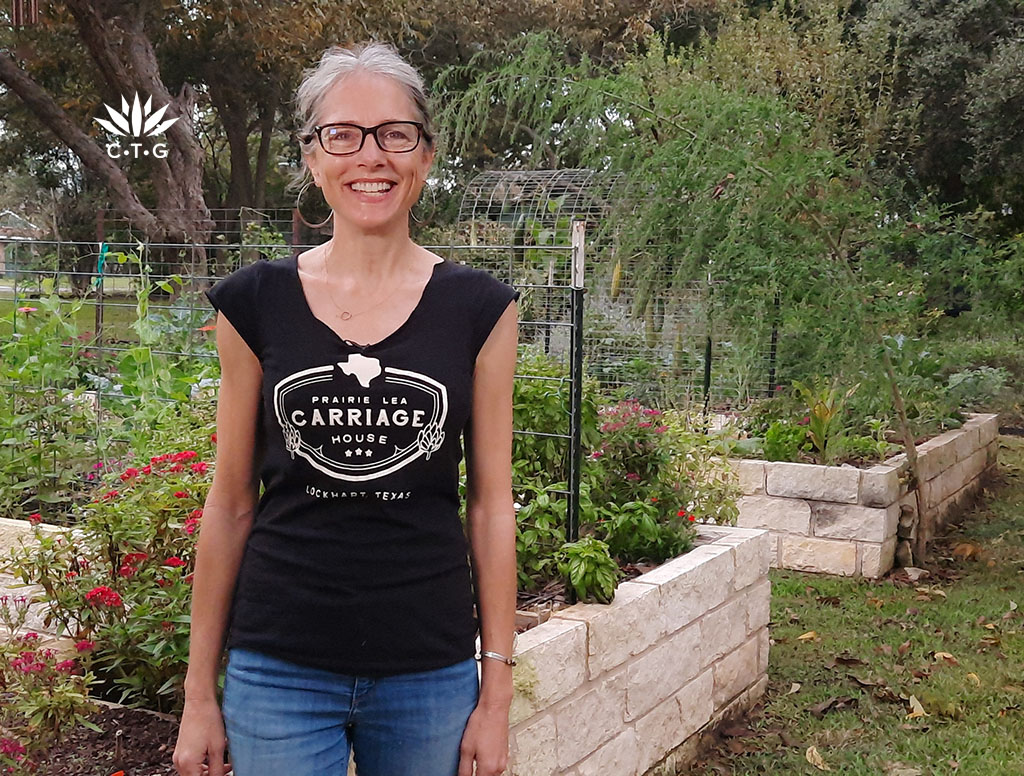
Of course, in Central Texas, summer’s herbs and vegetables mingle with cool weather plants! In Donna Daniel’s Lockhart garden last November, basil and summer flowers were going strong next to cabbages, snow peas, and radish seedlings. “I started out wanting to grow food for my husband and I, and then I figured out I enjoy growing the food for the insects and the bees and the butterflies the most,” she told us.
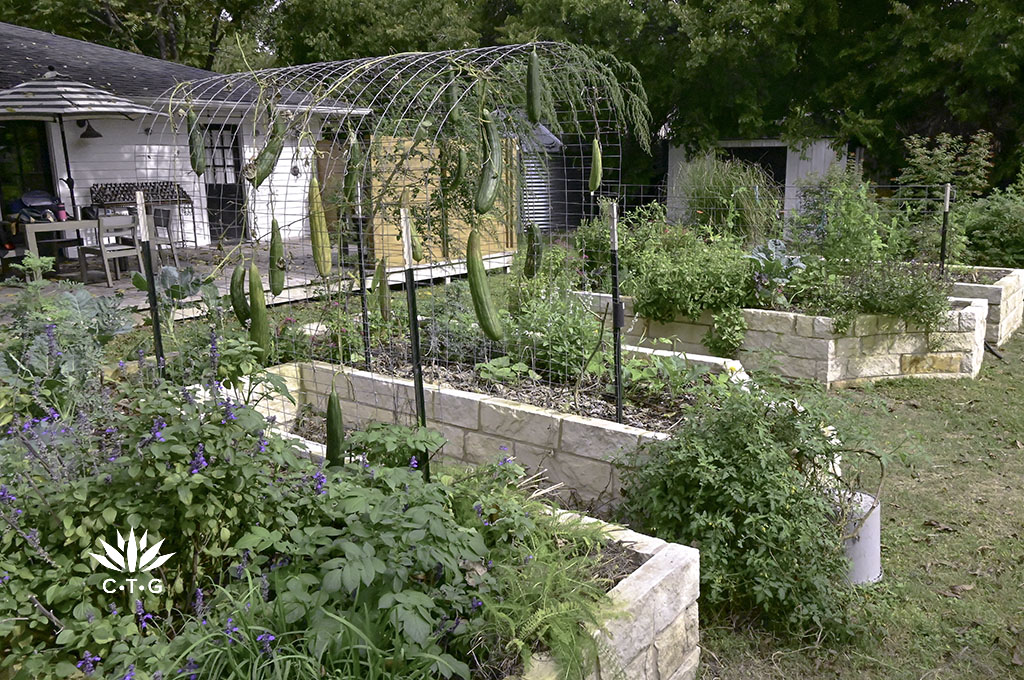
Gardening was new to her, though, when she and husband Len Gabbay scooted out of Austin to Lockhart and a charming home built in 1888. They renovated its old carriage house into a lovely B&B, Prairie Lea Carriage House. Raised limestone beds were already in place, but they also wanted gardens in a spot that had been a concrete pad.
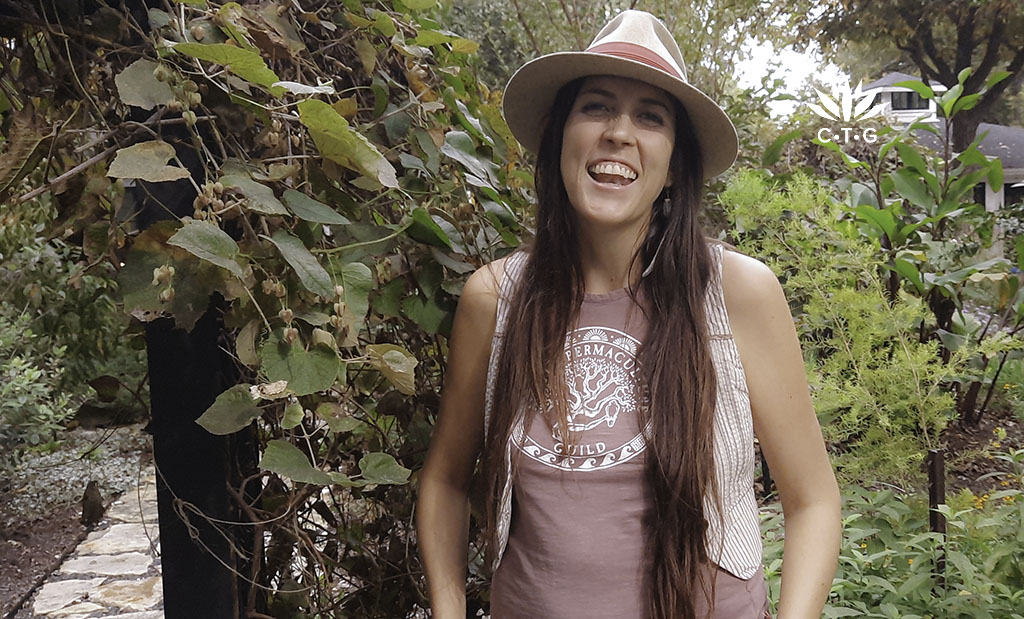
So, they reached out to Taelor Monroe, who they’d met at a garden talk in Austin. Taelor’s the owner and co-director of the Austin Permaculture Guild with Caroline Riley and founder of The Cosmos Ranch Foundation, a new location for APG and a community healing venue.
Read more about their garden.
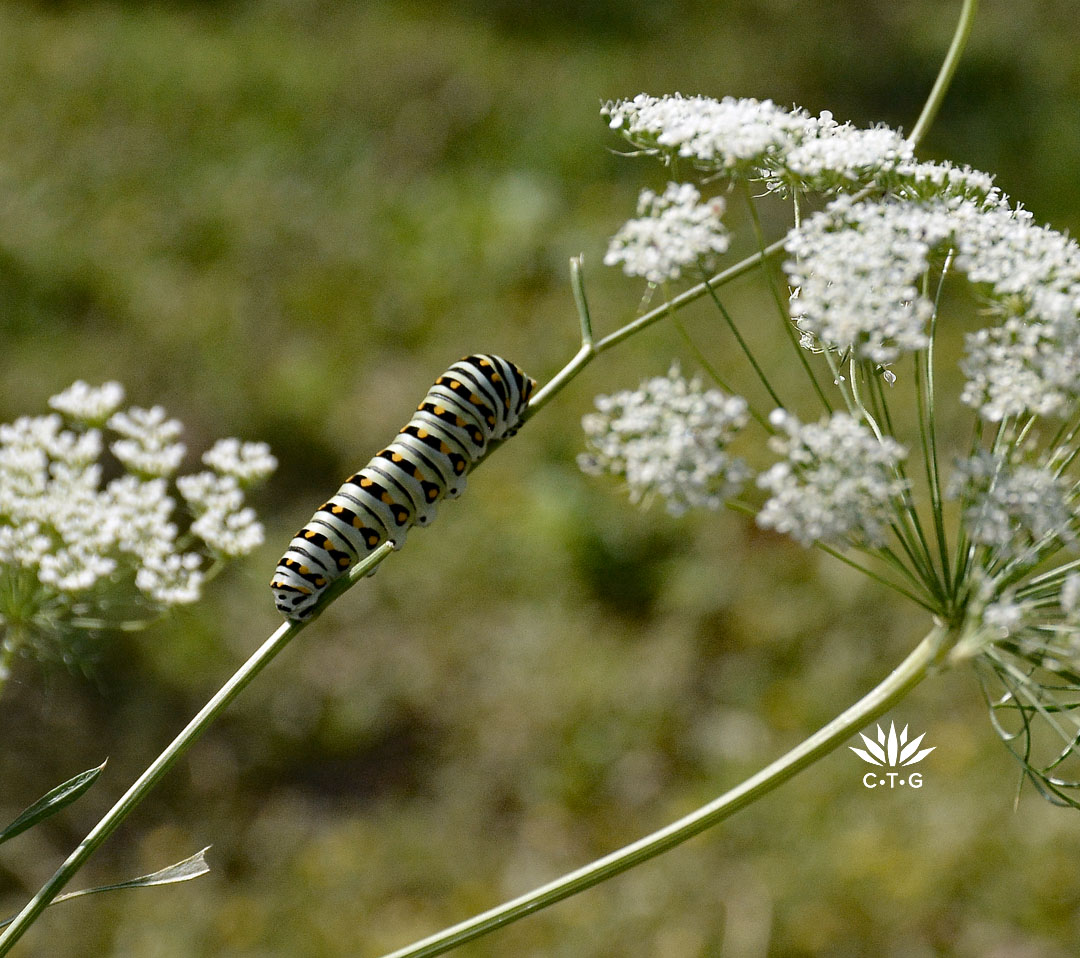
Daphne looks ahead to how this fall’s herbs feed wildlife in spring. Parsley’s a biennial (flowers in second year) that we can start from seed or transplants. It’s also a host plant for Black Swallowtail butterflies, so if we’re lucky, a few caterpillars will munch their way into a new generation. You’ll also find them on rue, dill, fennel and carrot tops. Many gardeners plant extras of all these just for the caterpillars.
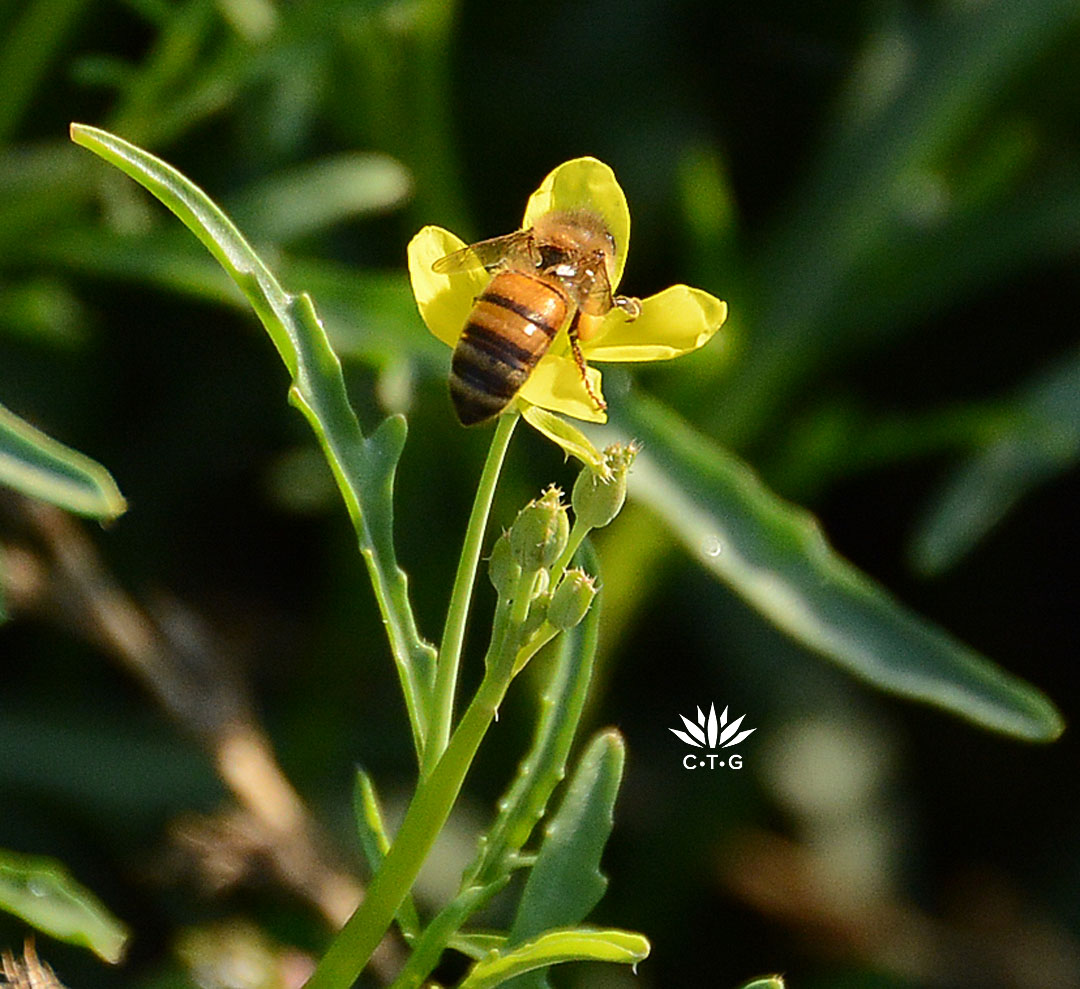
Peppery arugula, one of my favorites, attracts bees once it bolts in spring. I grow in a large container on my patio since it’s easy to snip in early twilights. Plus, I can quickly pull the resin container up close to the house and cover during hard freezes.
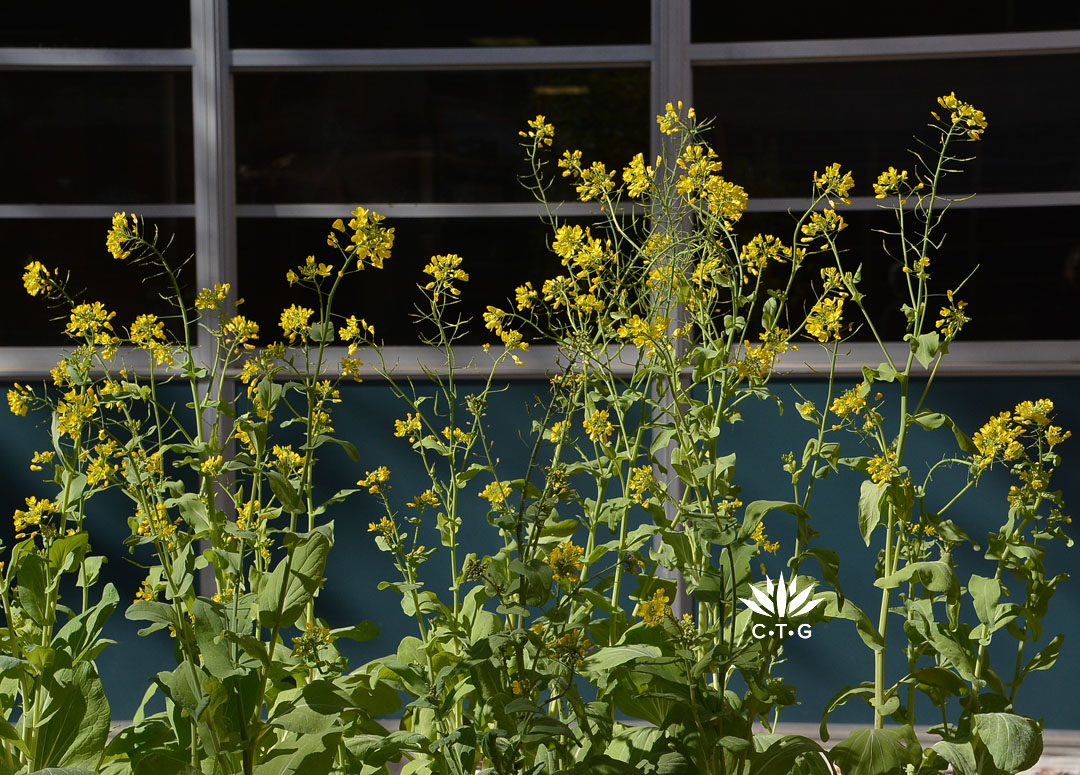
Wild arugula, also called wild rocket (Diplotaxis tenuifolia) bolts with yellow flowers. Other common arugulas, also called rocket arugula, (Eruca vesicaria subsp. sativa), bloom white.
Daphne told us: “Biennial flowering is known as “bolting,” due to the towering bloom stalk these plants shoot up, putting all of their energy into the next generation, leading to their own death. When biennials start to set seed and die, many insects move in to take advantage of the situation, ensuring that the circle of life continues.”
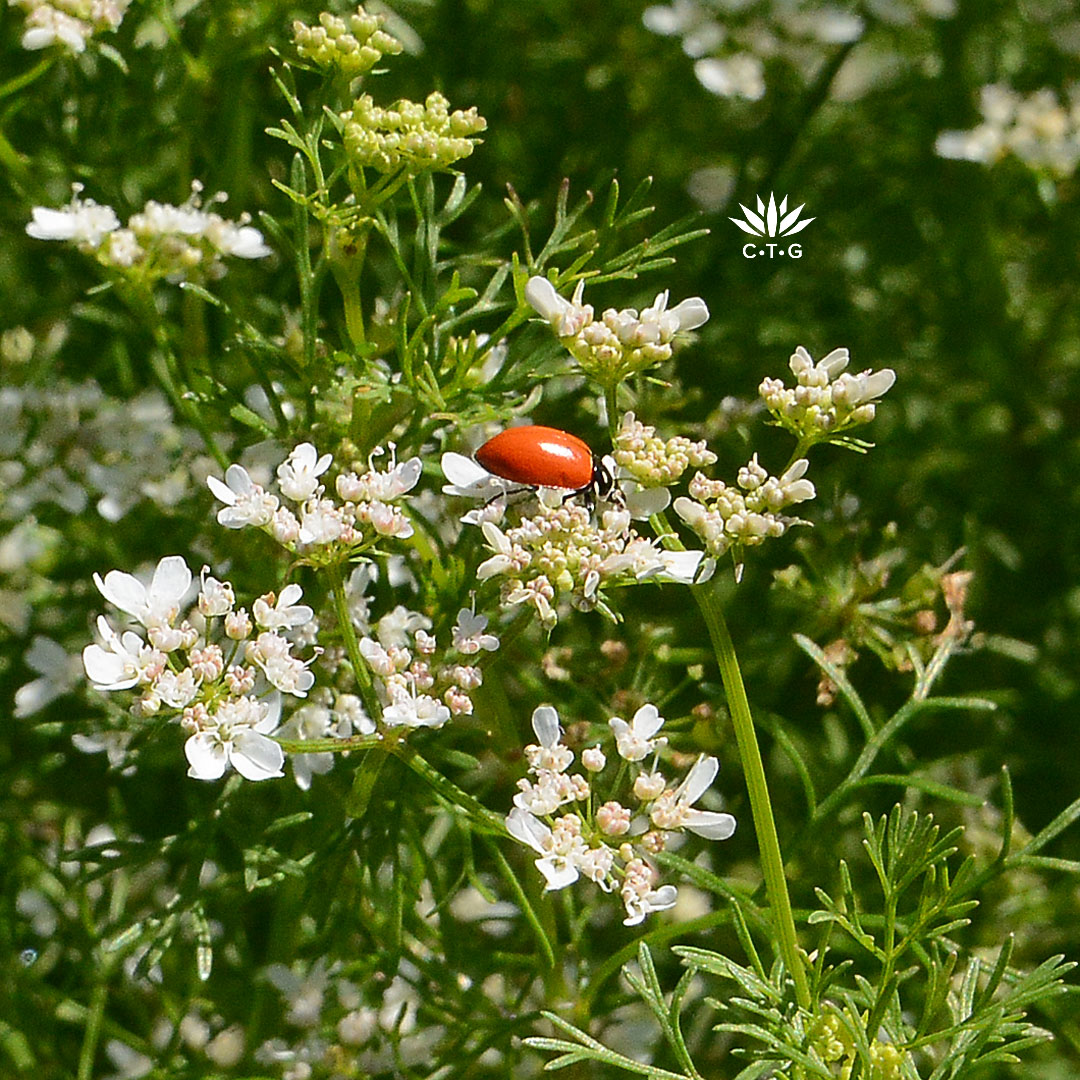
That includes cilantro! Springtime’s white bouquet heralds bees of all kinds. . . and ladybugs! “They’re going for the pollen and nectar they need, and also any aphids that might be congregating.” Daphne said.
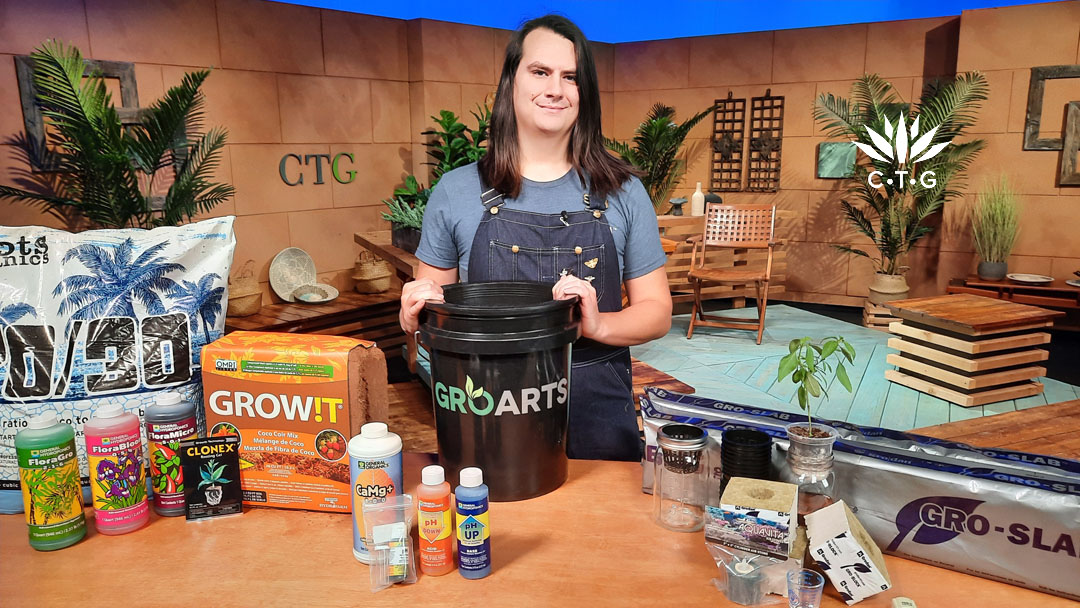
Hydroponics is another way for small space gardeners to grow indoors all year. We’re thrilled to work again with local passionate gardener and educator Austin Davenport! This time, he touches on the basics of growing in water-based nutrient solutions rather than soil. An easy way to get started is with the kratkey method, where plants grow in a net pot substrate suspended in a glass jar filled with nutrient-rich water.
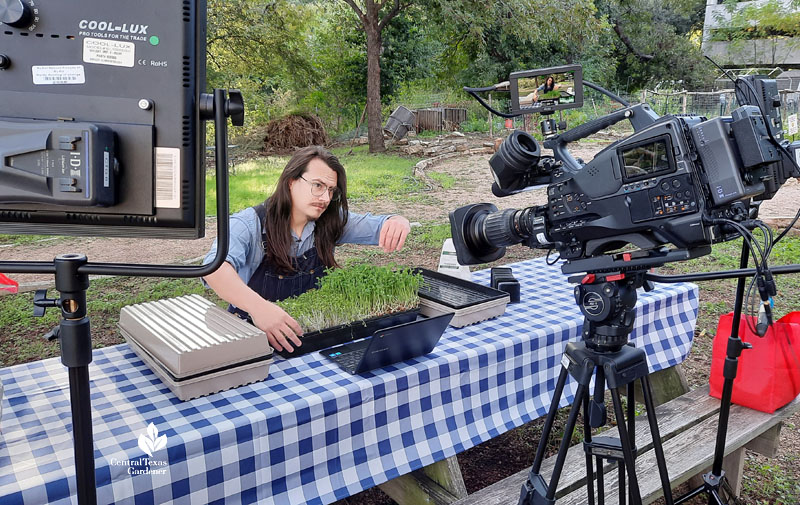
Here’s his quick demonstration to grow yummy microgreens indoors.
And, let’s give a big shoutout to our wonderful sponsors: Lisa and Desi Rhoden and Diane Land and Steve Adler. Thanks to them (and to you, our dear viewers), we can carry on our mission to inspire, educate, and celebrate gardeners as they navigate the path to rewarding, environmentally-resourceful gardens that grow their dreams.
Watch now!
Thank you for stopping by! Linda

